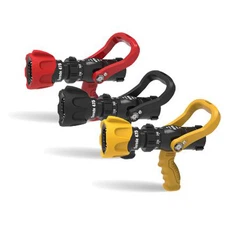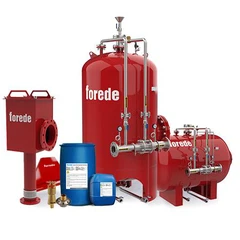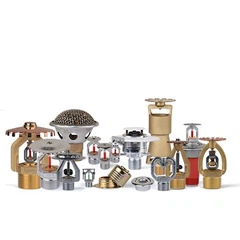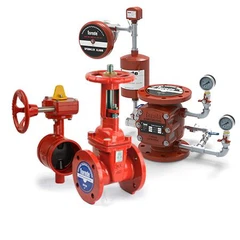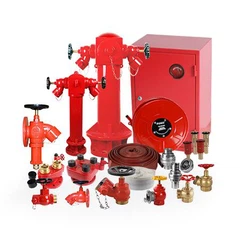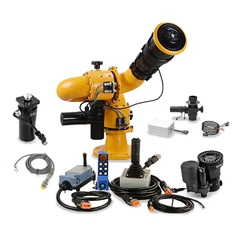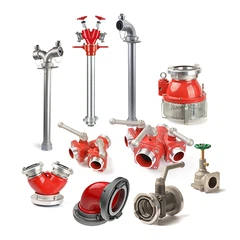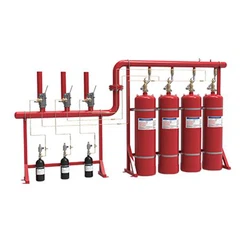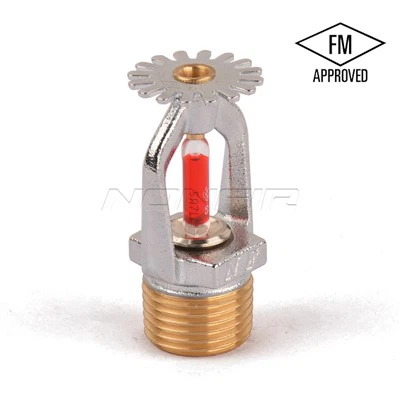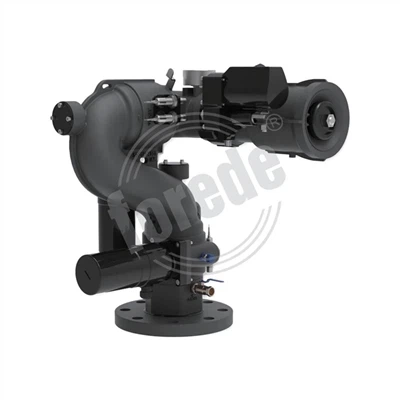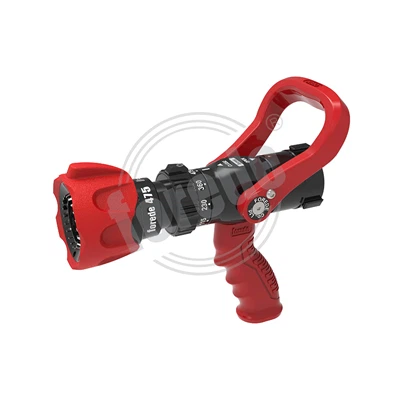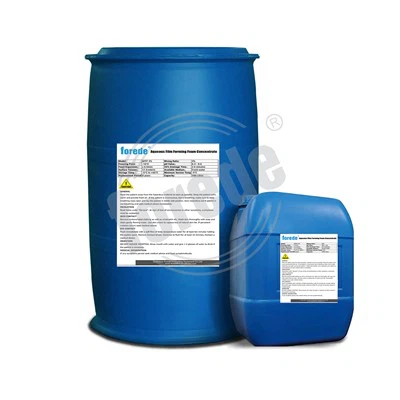What fire hoses made of:
Firefighters are a crucial part of our community, and their bravery and dedication to saving lives and property cannot be overstated. One essential tool in their arsenal is the fire hose, which is made of several materials, depending on the intended use. In this article, we will explore what fire hoses are made of and why these materials are essential.
There are three main types of fire hoses: rubber, woven, and wrapped. Rubber fire hoses are made of natural or synthetic rubber, which makes them flexible and durable. They are often used in high-pressure applications, such as firefighting and industrial settings. Rubber hoses are most commonly used in structural firefighting, which involves extinguishing fires in buildings.
Woven fire hoses are more lightweight than rubber hoses and are made of synthetic fibers like polyester or nylon. They are designed to be abrasion-resistant and can withstand moderate pressure. Woven hoses are typically used in wildland firefighting, where firefighters need to move quickly and carry long lengths of hose through rugged terrain.
Wrapped fire hoses are a combination of both rubber and woven material. These hoses have a rubber lining that provides strength and durability, while the outer layer is made of a woven material like polyester. Wrapped hoses are versatile and can be used for both structural and wildland firefighting. They are also commonly used in municipal firefighting, where firefighters need to connect hoses to hydrants and pump water from a remote source.
It's essential to choose the right material for each application, as the wrong type of hose can lead to injuries or fatalities. For example, a weak or worn hose can burst under high pressure, causing injuries to firefighters or bystanders. On the other hand, a hose that's too heavy or bulky can slow down firefighters and cause them to lose precious time when responding to an emergency.
Therefore, the materials used to make fire hoses must meet specific standards set by organizations like the National Fire Protection Association (NFPA). The NFPA has established standards for different types of fire hoses, outlining requirements for everything from hose length and diameter to burst pressure and abrasion resistance.
Apart from the material, the diameter of the hose is also essential, as it determines the amount of water that can flow through it. Most fire hoses come in four diameters: 1", 1.5", 1.75", and 2.5", with 1.5" and 2.5" being the most common. The diameter of the hose depends on factors like the size of the fire, the distance from the fire hydrant, and the water pressure available.
In conclusion, fire hoses are a critical component of firefighting operations, and their effectiveness depends on the materials used to make them. Choosing the right type of hose based on the intended use and ensuring that it meets safety standards can make a significant difference in saving lives and property. We salute the bravery of firefighters and the suppliers of high-quality fire hoses that help protect our communities.
FOREDE® products with wide range and include Fire Sprinkler Systems, Fire Nozzles, Fire Monitors, Foam Equipment, Foam Systems, Fire Hydrant &Valves, General Valves, Fire Fittings, Water Delivery Equipment. Fire Fighting Foam and much more. If you have any demands for the fire fighting equipments, welcome to contact FOREDE.
Email: Sales5@forede.com(Seth)
Whatsapp: +86 132 1506 5797

